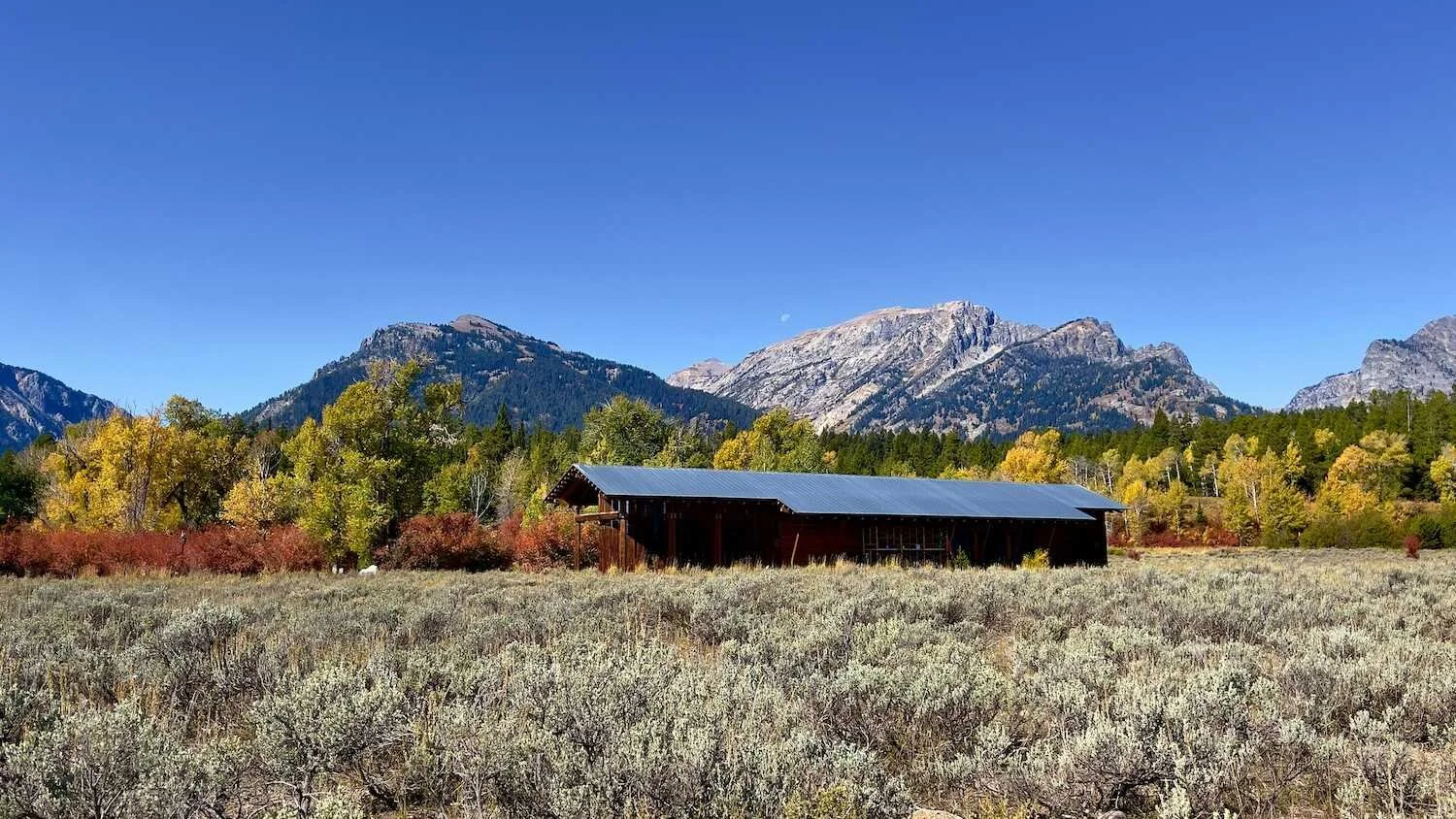What To Bring On A Family Mountain Resort Vacation
Planning a family mountain resort vacation feels exciting… until you start wondering what to pack! After five family trips to Jackson Hole across different seasons — including two disasters where we either over-packed completely or forgot essentials that turned into expensive resort purchases — I've learned exactly what families actually need for successful mountain adventures.
The key is strategic packing that covers mountain-specific challenges while avoiding the rookie mistake of bringing everything "just in case."
"A mountain resort like Jackson Hole rewards those who come prepared for the adventures on offer," explains Jason Ziernicki, a local expert and founder of Antlers Arch, a news website for Jackson Hole mountain resort in Wyoming. "Bring essentials, but stay flexible enough so you can handle fun unexpected adventures."
Here's what actually matters for family mountain resort success.
Layer-Based Clothing
Mountain weather changes constantly throughout the day, making layering essential for comfort and protection from the elements. But rather than packing for every possible weather scenario, focus on versatile pieces that work together.
Base layers are non-negotiable for every family member. Moisture-wicking synthetic materials or merino wool keep everyone comfortable during active adventures and temperature changes. Pack two sets per person for longer stays (one to wear, one to wash).
Mid-layers provide warmth flexibility without bulk. Fleece zip-ups or light down jackets work for adults, while kids need easy-on, easy-off options they can manage independently. Avoid cotton hoodies that stay wet and lose warmth.
Outer shells protect against wind and precipitation but don't need to be expensive. Packable rain jackets from Target work fine for most mountain resort activities. Invest in quality only if you're planning serious hiking or skiing.
Footwear
Not much can ruin a family mountain vacation faster than having uncomfortable or inappropriate footwear for the conditions. Each family member needs two pairs: something that is hiking-appropriate and then something comfortable to wear around the resort.
For kids: Closed-toe shoes with good grip matter more than brand names. Waterproof features help but aren't essential unless you're planning stream crossing or snow activities. Avoid new shoes - bring broken-in options to prevent blisters.
For adults: Comfortable hiking boots handle most mountain resort activities, from easy trail walks to town exploration. Skip specialized mountaineering boots unless you're planning technical climbing. One versatile pair that transitions from trails to dinner works better than multiple specialized shoes.
Sun Protection That Actually Works
Mountain sun exposure intensifies dramatically with elevation and snow reflection. What works at sea level fails miserably at 6,000+ feet.
Sunscreen becomes critical for the whole family. Pack SPF 30+ and reapply frequently. Mountain burns happen fast and they can hurt for days, enough to ruin your itinerary. Bring lip balm with SPF and don't forget often-missed spots like ears and feet if wearing sandals.
Sunglasses are mandatory, not optional. Kids need secure, comfortable options that stay on during active play. Cheap drugstore sunglasses work fine, but secure straps prevent expensive replacements.
Hats provide essential protection for faces and necks. Baseball caps work for kids, while wide-brim options offer better coverage for adults. Pack extras. Mountain wind steals hats on a regular basis.
Tech
Since they tend to be more isolated, mountain resorts create specific challenges for staying connected. Plan accordingly!
Portable chargers save family sanity when phones die during a long day out hiking. Pack one per family or two large-capacity units to share. Batteries typically drain faster than normal due to the constant photo-taking and GPS usage.
Waterproof phone cases protect expensive devices during stream crossings, sudden weather, etc. Cheap ziplock bags work in emergencies, but dedicated cases provide better protection and functionality. Considering what’s on your phone, it’s an investment worth making.
Physical maps and printed confirmations serve as backup for when cell service ultimately fails. Screenshot important information like resort addresses, confirmation numbers, and emergency contacts before leaving cell range.
Activity-Specific Essentials
What you can get up to at a mountain resort requires mindful packing and planning.
For hiking families: Day packs, water bottles for everyone, trail snacks, and basic first aid supplies. Include moleskin for blister prevention and child-friendly energy snacks that won't melt in backpacks.
For resort pool and spa areas: Swimwear, flip-flops, and cover-ups that work both poolside and walking through resort areas. Many mountain resort pools operate year-round, including outdoor hot tubs that feel amazing after hiking.
For dining and evening activities: One nice outfit per person for upscale resort dining. Mountain resort restaurants often have higher dress standards than expected, and having options prevents feeling underdressed.
What NOT to Pack
Experience teaches what seems essential but actually wastes space and energy.
Avoid cotton clothing that stays wet and cold. Synthetic materials and merino wool dry faster and actually maintain warmth when damp.
Skip excessive "just in case" items like formal wear, multiple shoe options for each activity, or specialized gear you aren’t sure about using. Forgot something? You can probably just buy it once you’re there, though at premium prices.
Don't pack valuables you can't afford to lose. Mountain adventures involve risks to jewelry, expensive watches, or sentimental items.

